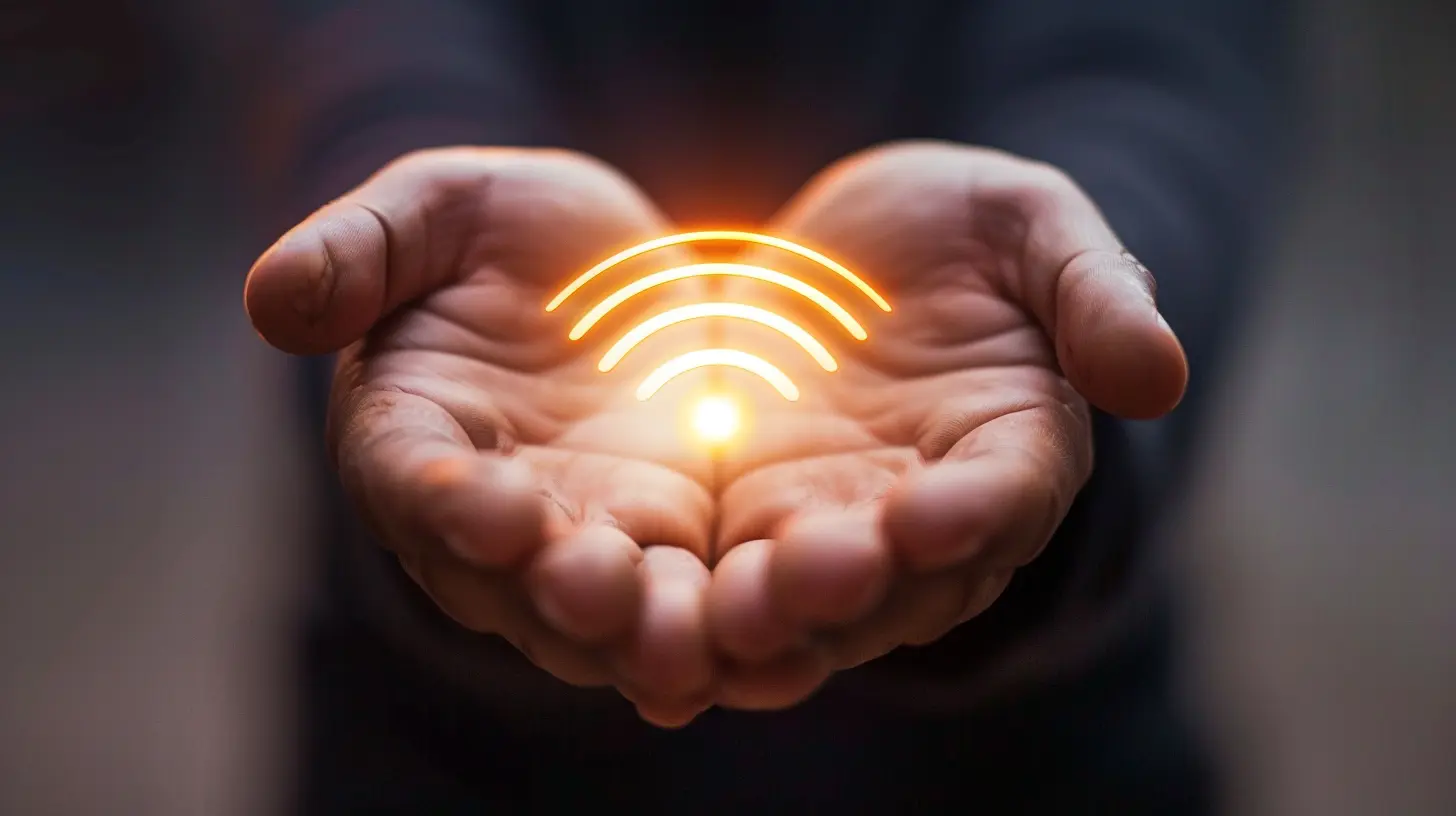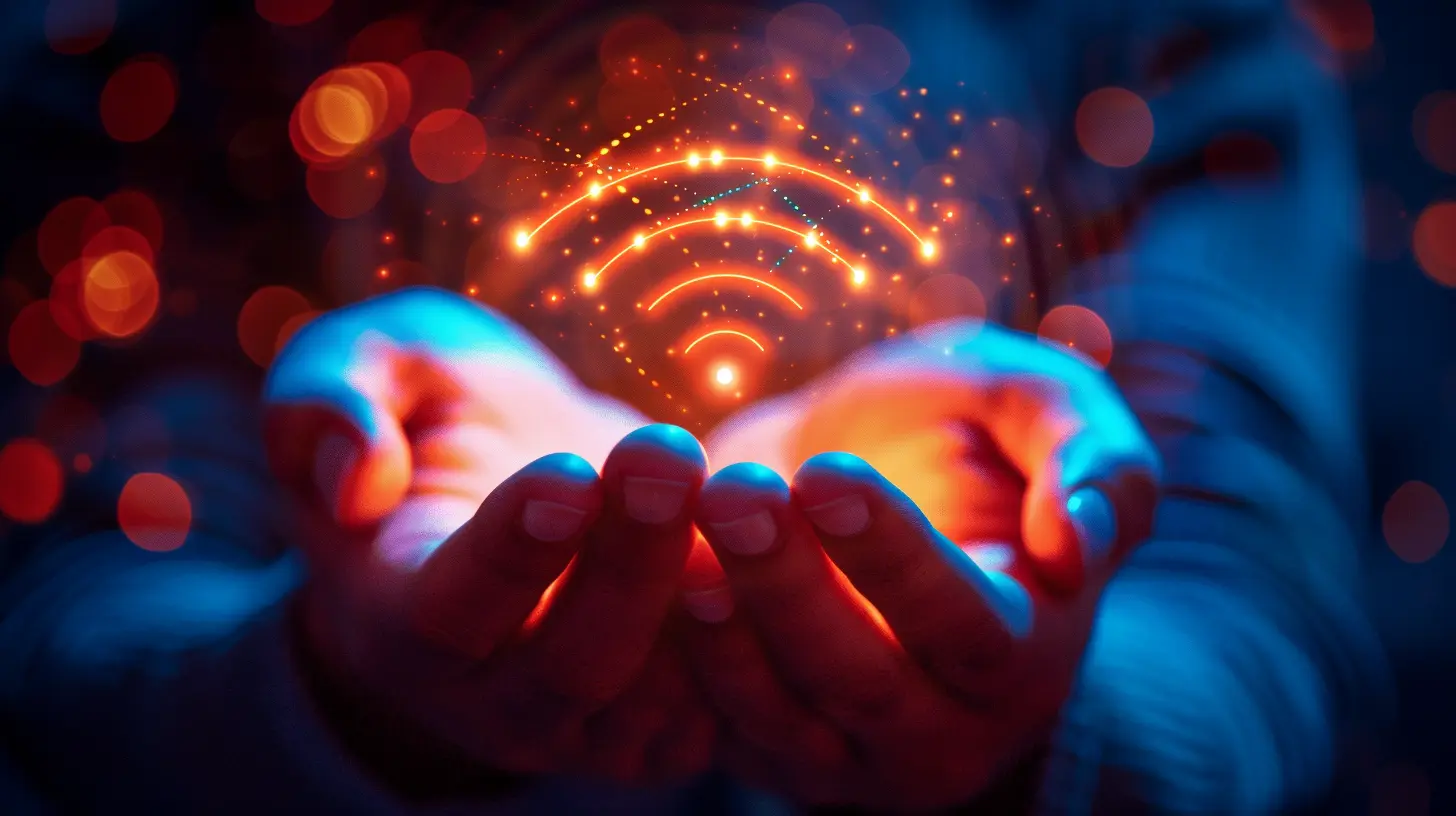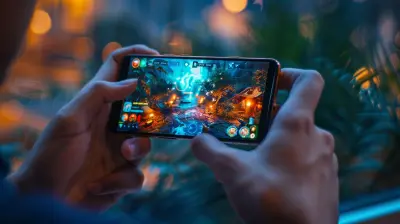Li-Fi: A Game-Changer for High-Speed Internet?
12 October 2025
The world of wireless communication is evolving at a breakneck speed. From dial-up connections to fiber-optic broadband, and now 5G, we've come a long way. But have you ever thought about using light as a medium for data transmission instead of radio waves? That's precisely what Li-Fi (Light Fidelity) aims to do.
Li-Fi has been making waves in the tech industry as a revolutionary alternative to Wi-Fi. With promises of blazing speeds, reduced congestion, and enhanced security, it might just be the next big thing. But is it ready to replace Wi-Fi? Let's dive deep into what Li-Fi is, how it works, and whether it truly is the game-changer it's hyped up to be.

What is Li-Fi?
Li-Fi, short for Light Fidelity, is a wireless communication technology that uses visible light, ultraviolet, and infrared to transmit data. Unlike Wi-Fi, which depends on radio frequency signals, Li-Fi leverages LED light bulbs to transfer information at extremely high speeds.
How Does Li-Fi Work?
The working principle of Li-Fi is fairly straightforward. Imagine a blinking light—though too fast for the human eye to detect, these rapid flickers can carry data signals. Here's a step-by-step look at how Li-Fi operates:1. LED Light Source: A standard LED bulb acts as a data transmitter. When it switches on and off at incredibly high speeds, it creates binary data (1s and 0s)—the same way computers process information.
2. Photodetectors: A receiver device, such as a Li-Fi-enabled USB adapter or sensor, captures these signals and converts them back into usable data.
3. Data Processing: Once the signals are received, they are processed by the device (like a laptop or smartphone) to establish a high-speed internet connection.
Since light cannot pass through walls, Li-Fi offers a much more localized and secure internet experience than traditional Wi-Fi. 
The Advantages of Li-Fi Over Wi-Fi
So, why all the hype? There are several compelling reasons why Li-Fi is being touted as the future of wireless communication.1. Lightning-Fast Speed
One of the biggest advantages of Li-Fi is speed. While Wi-Fi can achieve speeds of up to 9.6 Gbps (with Wi-Fi 6), Li-Fi has theoretical speeds exceeding 100 Gbps! That’s about 100 times faster than current Wi-Fi networks. Imagine downloading a full HD movie in less than a second—that’s the potential of Li-Fi.2. No Radio Frequency (RF) Interference
Since Li-Fi uses light waves instead of radio waves, it doesn’t interfere with RF-sensitive environments. This makes it perfect for places like hospitals, airplanes, and military operations, where Wi-Fi signals can be disruptive.3. Better Security
One of the biggest concerns with Wi-Fi is cybersecurity. Since Wi-Fi signals can penetrate walls, hackers can intercept data remotely. On the other hand, Li-Fi signals are confined to a room or specific area, reducing the risk of eavesdropping or cyberattacks.4. Unleashing More Bandwidth
The radio spectrum (used by Wi-Fi) is getting increasingly crowded with billions of connected devices. Li-Fi operates in the visible light spectrum, which is 10,000 times larger than the entire radio frequency spectrum. This means more bandwidth and less congestion.5. Energy Efficiency
Li-Fi eliminates the need for extra transmitters and antennas, as it can integrate into existing lighting infrastructure. LED bulbs are already widely used, so why not use them for data transfer too? This could lead to significant energy savings.
The Limitations of Li-Fi
Of course, no technology is perfect, and Li-Fi has its own set of challenges.1. Line-of-Sight Dependency
Since Li-Fi relies on light, it requires a clear line of sight between the transmitter (LED bulb) and the receiver. Any obstruction (like a simple hand gesture in front of the sensor) can disrupt connectivity.2. Limited Range
Unlike Wi-Fi, which can cover large areas through routers, Li-Fi is confined to the space where the light reaches. While this improves security, it also means you need multiple LED transmitters for seamless connectivity across a building.3. No Functionality in the Dark
This might seem obvious, but if the light source is turned off, then Li-Fi stops working. This creates practical challenges—imagine having to keep your lights on at all times just to stay connected!4. Lack of Infrastructure
Wi-Fi has been around for decades, and the infrastructure supporting it is massive. Li-Fi, on the other hand, is still in its early stages, meaning widespread adoption will take time and investment.Where is Li-Fi Being Used Today?
Despite its limitations, Li-Fi is already making an impact in various fields.- Healthcare: Hospitals are adopting Li-Fi to enable secure, interference-free communication without affecting MRI machines and other sensitive equipment.
- Military & Defense: Since Li-Fi doesn’t penetrate walls, it provides secure communication in high-security facilities where Wi-Fi can be compromised.
- Aviation: Airplanes can use Li-Fi for in-flight entertainment systems without interfering with navigation signals.
- Smart Cities & IoT: Imagine streetlights acting as wireless internet hotspots—Li-Fi has the potential to revolutionize urban connectivity.
Can Li-Fi Replace Wi-Fi?
While Li-Fi is certainly promising, it’s not ready to replace Wi-Fi just yet. Instead, it will complement existing internet technologies. Think of it like this:- Wi-Fi is for general use, ensuring broad coverage across a home or office.
- Li-Fi is for high-security, high-speed environments where interference and congestion are concerns.
As Li-Fi technology matures, we might see a hybrid model, where both Wi-Fi and Li-Fi work together to provide an even better internet experience.
The Future of Li-Fi
The future of Li-Fi looks bright (pun intended). With research advancing rapidly, we can expect:- Improved Li-Fi devices with stronger reception and wider coverage
- Mass adoption in smart homes, businesses, and public infrastructure
- Integration with 6G networks, leveraging both radio and light spectrums for ultra-fast internet
Tech giants like PureLiFi, Signify (Philips Lighting), and Oledcomm are already pushing the boundaries, which means it’s only a matter of time before Li-Fi becomes mainstream.
Final Thoughts
Li-Fi is an exciting breakthrough that has the potential to redefine how we connect to the internet. With speeds 100x faster than Wi-Fi, reduced network congestion, and enhanced security, it’s a contender that shouldn’t be ignored. However, practical limitations like its short range and line-of-sight dependence mean it won’t replace Wi-Fi anytime soon.Instead, we should expect a future where Li-Fi and Wi-Fi coexist, complementing each other to create a more efficient, secure, and high-speed world of connectivity.
Would you swap out your Wi-Fi for Li-Fi if you could? Let us know in the comments!
all images in this post were generated using AI tools
Category:
Emerging TechnologiesAuthor:

Kira Sanders
Discussion
rate this article
1 comments
Azriel Morgan
Great insights on Li-Fi's potential! Excited to see how it could revolutionize high-speed internet access.
October 12, 2025 at 4:55 AM

Kira Sanders
Thank you! I'm glad you found the insights valuable. Exciting times ahead for Li-Fi technology!


